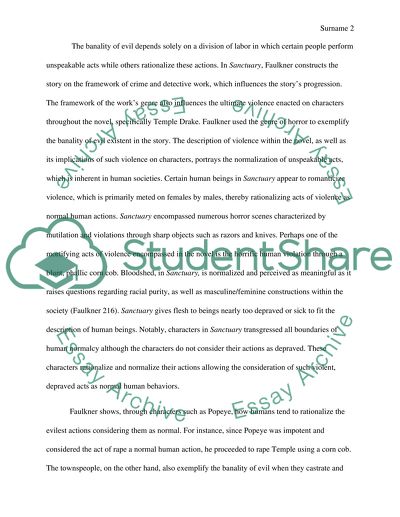Cite this document
(“Examine how the concept of the banality of evil is used in the works Research Paper”, n.d.)
Retrieved de https://studentshare.org/literature/1460936-examine-how-the-concept-of-the-banality-of-evil-is
Retrieved de https://studentshare.org/literature/1460936-examine-how-the-concept-of-the-banality-of-evil-is
(Examine How the Concept of the Banality of Evil Is Used in the Works Research Paper)
https://studentshare.org/literature/1460936-examine-how-the-concept-of-the-banality-of-evil-is.
https://studentshare.org/literature/1460936-examine-how-the-concept-of-the-banality-of-evil-is.
“Examine How the Concept of the Banality of Evil Is Used in the Works Research Paper”, n.d. https://studentshare.org/literature/1460936-examine-how-the-concept-of-the-banality-of-evil-is.


